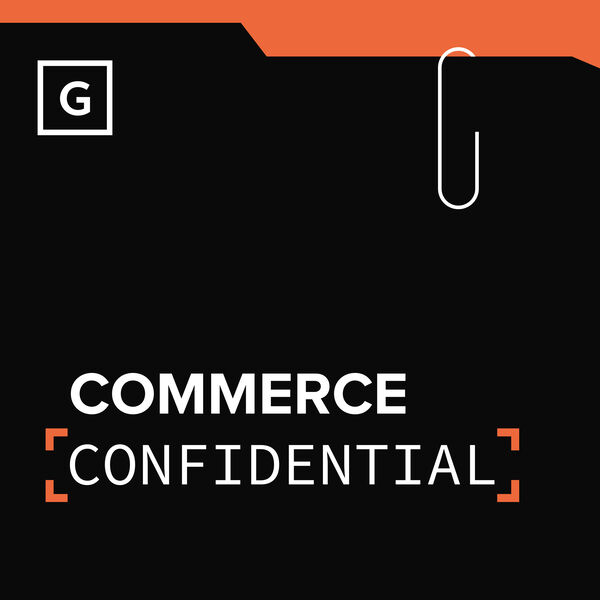Real world IoT applications had a relatable start. In 1982, the thirsty and caffeine-loving crew in Carnegie Mellon’s Computer Science Department needed to know if the vending machine three floors down was stocked with soda. And was it cold?
According to a groovy and no longer updated website, the students outfitted a vending machine with sensors to get the info they wanted: “I am a physical coke machine with some special hardware attached to my empty lights. Since my empty lights blink on a dispense, it is possible to count the number of sodas still inside me. The custom hardware feeds the data from these sensors into a small dedicated machine that runs custom software to send this information over the local net to a local Unix machine.”
This is IoT. The concept of digitizing and connecting everyday objects is not new. First actualized for a cold can of Coke, the Internet of Things technically pre-dates the Internet. Smart devices conveying information were originally connected to its precursor, ARPANET.
Fast forward to 2022. Increasingly, our physical world is being digitized. It’s a lot to imagine what that actually looks like and what it means: the intricate connectivity, the transparent visibility, the innovative efficiency. The massive amount of high fidelity data informing products, packaging, planning, processes, and purchases. The implications are dramatic. IoT market estimates range, but all the numbers are big. According to McKinsey, “The opportunity is enormous. By 2025, IoT could have an economic impact of up to $12.6 trillion.”
 On the cutting-edge of this space is Wiliot, a Series C SaaS company. With a mission to, “bring efficiency, safety, and sustainability to the entirety of the supply chain,” IoT leader Wiliot embraces intelligence for everyday things. So what do all of these things have to say? And how do we listen?
On the cutting-edge of this space is Wiliot, a Series C SaaS company. With a mission to, “bring efficiency, safety, and sustainability to the entirety of the supply chain,” IoT leader Wiliot embraces intelligence for everyday things. So what do all of these things have to say? And how do we listen?
Wiliot’s pioneering platform connects the digital and physical worlds using its IoT Pixel tagging technology. About the size of a postage stamp, these hyper-thin, low cost pixels (around 30 cents each) are complete computers. Amazingly, they power themselves by harvesting radio frequency energy with a tiny antenna. They can collect, broadcast, and transmit to the Cloud key sensing data like temperature and location. They can be printed and applied as a sticker to almost anything.
According to Wiliot’s website: “The chip, at the heart of Wiliot's IoT Pixel, consists of 5 main components: an energy harvester that captures ambient RF energy, an integrated sensing unit, a security unit, a processing unit, and a Bluetooth transmitter. It has three CPU cores, an ARM processor, has ROM, RAM, SDRAM, inputs, and outputs - it's a computer.”
The power to sense and communicate real-time, item-level information really reinvents visibility. This technology is an opportunity to identify process inefficiencies and support full supply chain trust and transparency across industries.
Omnichannel is a big area of interest for Wiliot and interest from omnichannel retailers will certainly be reciprocated. “If you work in a business that has any supply chain or inventory challenges, there’s very likely a compelling IoT use case that you can model out and see clear and significant savings in the long run,” according to Tony Small, Wiliot’s Chief Business Officer.
Imagine an IoT-informed hospital. Visibility into supply cabinet stock levels across floors, medication temperatures, and medical device locations offer both convenient and critical awareness. Imagine grabbing a gallon of milk, scanning a QR code, and viewing its journey from farm to dairy case. We’re way beyond expiration dates here. (Who determines those anyway?) Imagine monitoring inventory levels and even coordinating findability within a store - is what we’re looking for in the back room, on the correct shelf, or erroneously behind the hot dog buns?
The upgraded visibility IoT promises can really impact so many issues, from commerce to climate change. One quick and shocking stat from the World Food Programme: “One-third of food produced for human consumption is lost or wasted globally." This wasted food is worth approximately US$1 trillion annually. The imperative to use technology for good could not be more clear. The capability to understand inefficiencies on the way from source to store, to reroute consumable products in real-time, to promote availability at local markets can affect real-world concerns. According to the EPA, “Reducing the amount of food waste sent to landfills can help ease the impact of climate change and also put food in the mouths of millions of people.”
It’s no understatement that adding internet-connected intelligence to anything and everything from plastic crates to pharmaceuticals has ramifications across manufacturing, transportation systems, inventory management, product development, and supply chain. The capability to ensure traceability, freshness, and authenticity is a game-changer. Mainstream and affordable IoT is here. How can it benefit your brand? And how can your brand benefit the world?
Tune in for an exciting conversation with Tony Small, Wiliot’s Chief Business Officer on our most recent episode of Commerce Confidential.






